If you want to understand today you have to search yesterday.
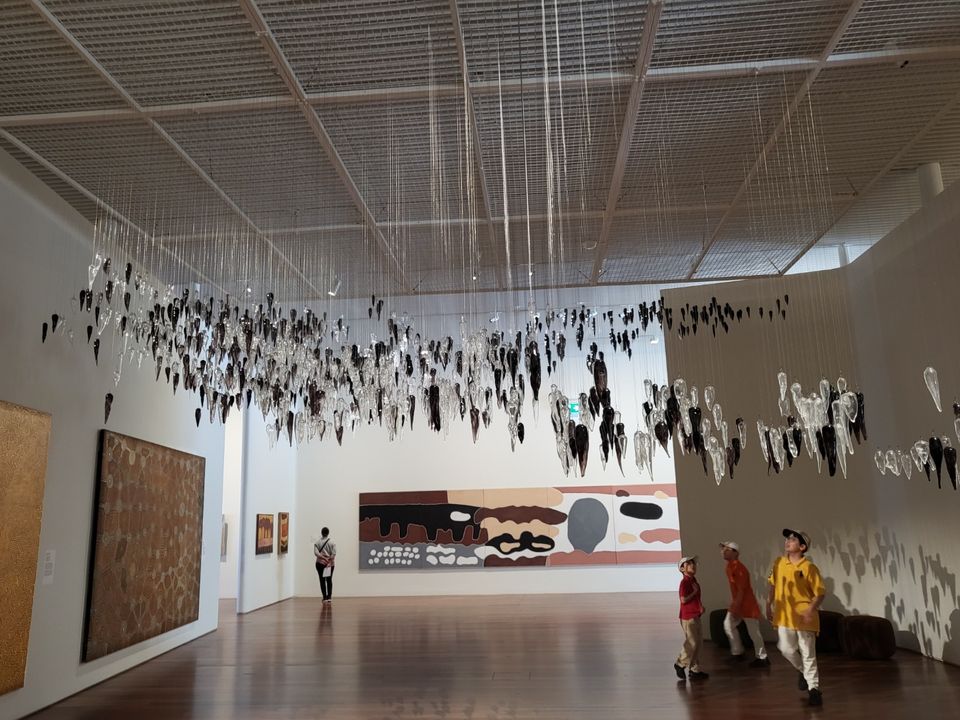
Forming a haunting levitating cloud of pristine, glittering glass, the ‘Death Zephyr’ temporarily blinds fans to the lingering and subdued effects of the British nuclear tests on Aboriginal land. On close inspection, looking past the ambiguity of the name, the beauty of the work is subsumed by a deeper sense of national unease. The work also speaks flagrant disregard to environmental destruction. The Death Zephyr, created by the artist Yhonnie Scarce, features 2000 handcrafted pieces of glass, but how is one capable of accomplishing such an astonishing feat, which underlines the cruelty of the human race simultaneously?
Every single major Australian art gallery is incomplete without one of Scarce's works. Yhonnie Scarce is a Kokatha and Nukuna sculptor who leverages her works to address the pains and suffering of the Indigenous people and discrimination. The Aboriginals are diasporic, and Scarce lives an itinerant life. She too, like others, has experienced racism, a reminder of the cruel world and disappreciation of the First Nations: anathema and oblivion of the importance of the First Nations. Her works are full of aesthetic, culture, and political significance. Her research has explored the removal and relocation of Aboriginal people from their homelands and the 'stealing' of Aboriginal children from their families or the Stolen Generation. Some of her most notable artworks are ‘Oppression, Repression’, ‘Remembering Royalty’, and ‘Thunder Raining Poison’. But perhaps the most fascinating of all must be the Death Zephyr and the history behind the work. Do you dare brush the soil?
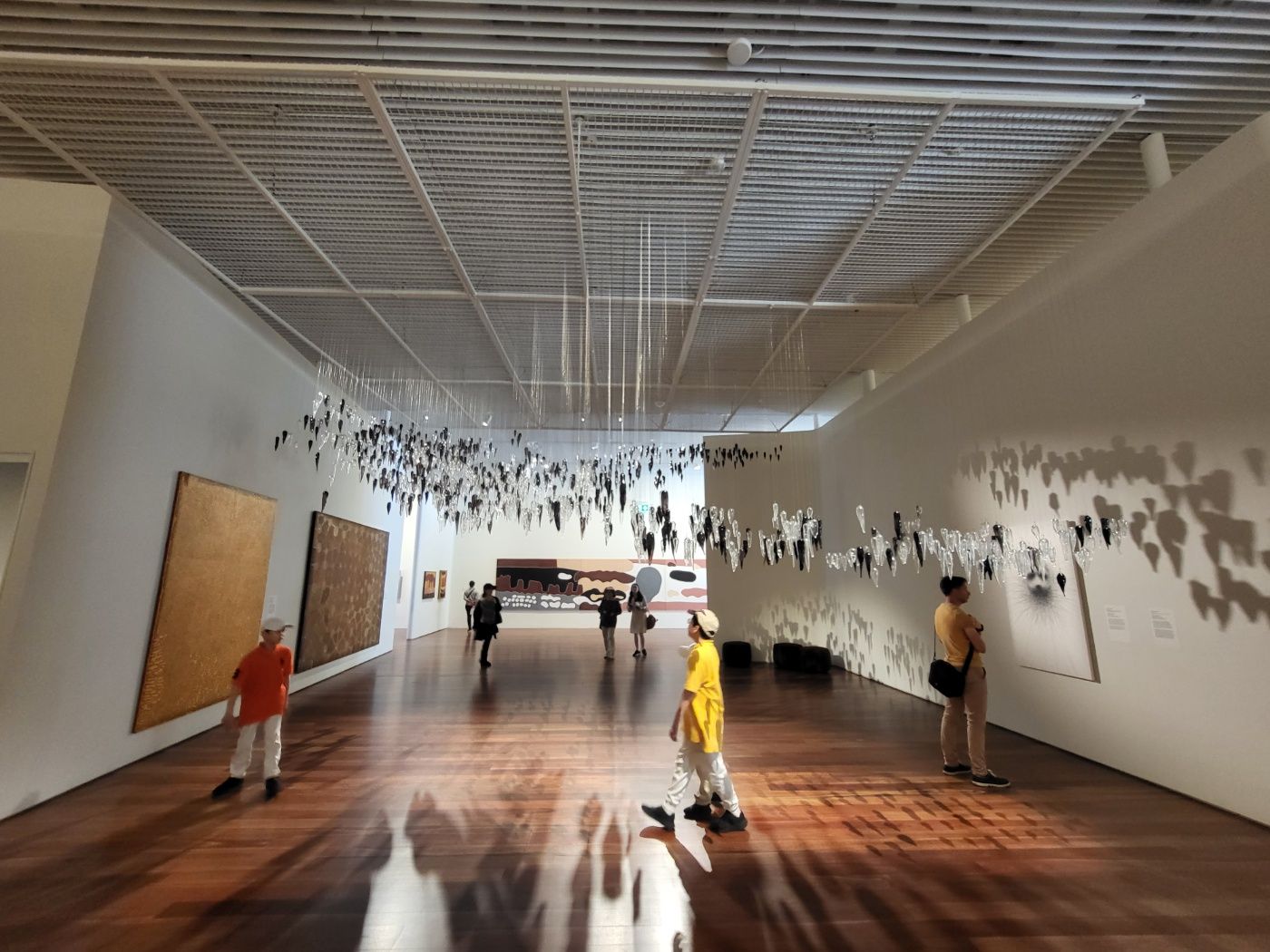
From the 1950s to the 1960s, a light blinded everyone unlucky enough to be hit with a plasma-hot beam, torching every organism and creating a mushroom cloud, as black rain fell, a combination of black ash, an apocalypse of burnt particles, and water. Most were warned and moved out in a hurry, but some, consisting 100% of Indigenous people, were unable to hear the news. Radiation spanned over the land as glass began to form. The Death Zephyr was based on a series of contumelious British nuclear bomb tests which were ignited on Australian land and similar sites to the one of Maralinga, the land which inspired the Death Zephyr. Due to the incredible heat which met the sand, the ground of Maralinga grinded into glass. This is why the Death Zephyr was made purely out of glass, in remembrance of the glass at the nuclear sites. The Death Zephyr reverberates; the Death Zephyr is more than just an ordinary sculpture, it serves as a monument.
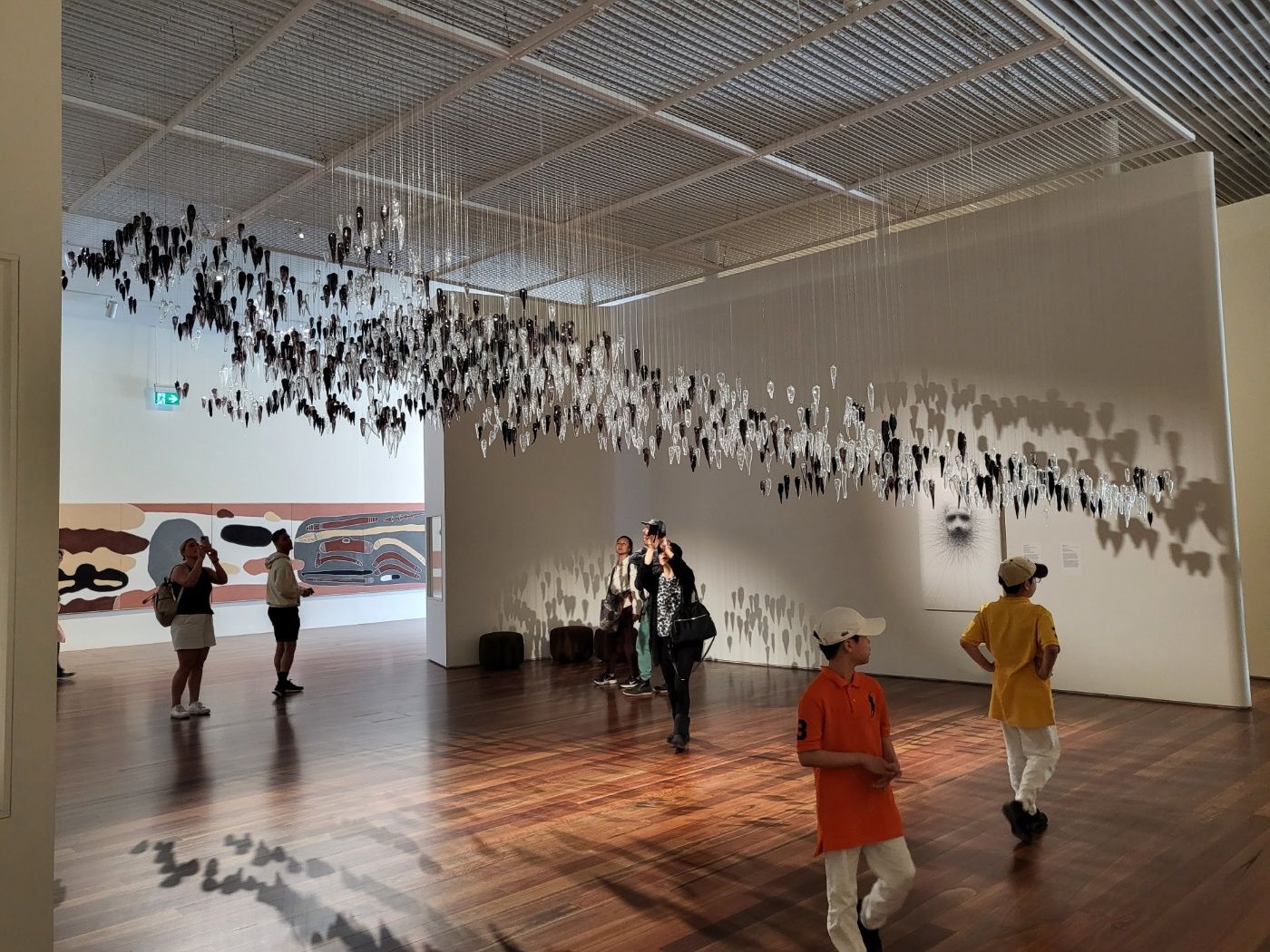
The Death Zephyr is truly a real masterpiece, forming a massive cloud over the span of a normal room. It is seemingly tranquil and peaceful. Nevertheless, the ominous title arouses dark questions. It comprises 2000 glass yams. These bush yams are native to Scarce's homeland, which she managed to track in her bloodline. Each of the tear-shaped glasses represents 1 lost life. These glass yams are strapped from the ceiling as they are unable to stand up themselves, depicting the First Nations unable to stand up for their freedom. Some pieces are black, owing to the black rain that occurred after the atomic bomb was detonated. It is handsomely crafted from nylon, steel, and hand blown glass. The Death Zephyr is made to elicit the wind and weather patterns in the nuclear blast. It is heavenly, as though depicting all the lives of those who were lost were ascending skyward.
The Death Zephyr is haunting, as we are taken to the depths of the eye in the atomic bomb detonated in Australia. It is also emblematic of the lack of recognition of Aboriginal identity, whilst creating a vast, wind-swept form that refers to the poisonous clouds that once rained across Maralinga. The world is unable to change the past, but is able to prevent the catastrophic fate being unleashed upon innocents. It is an esoteric fact that all should be recognised both in their needs and culture, and acknowledging the relation to the land. “A generation which ignores history has no past and no future." - Robert Heinlein
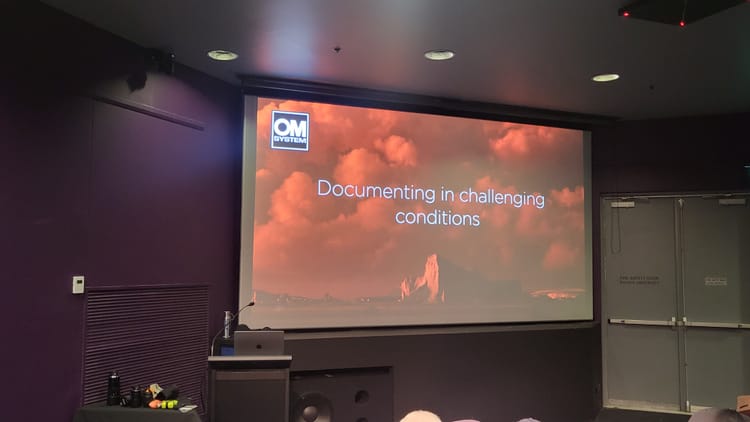
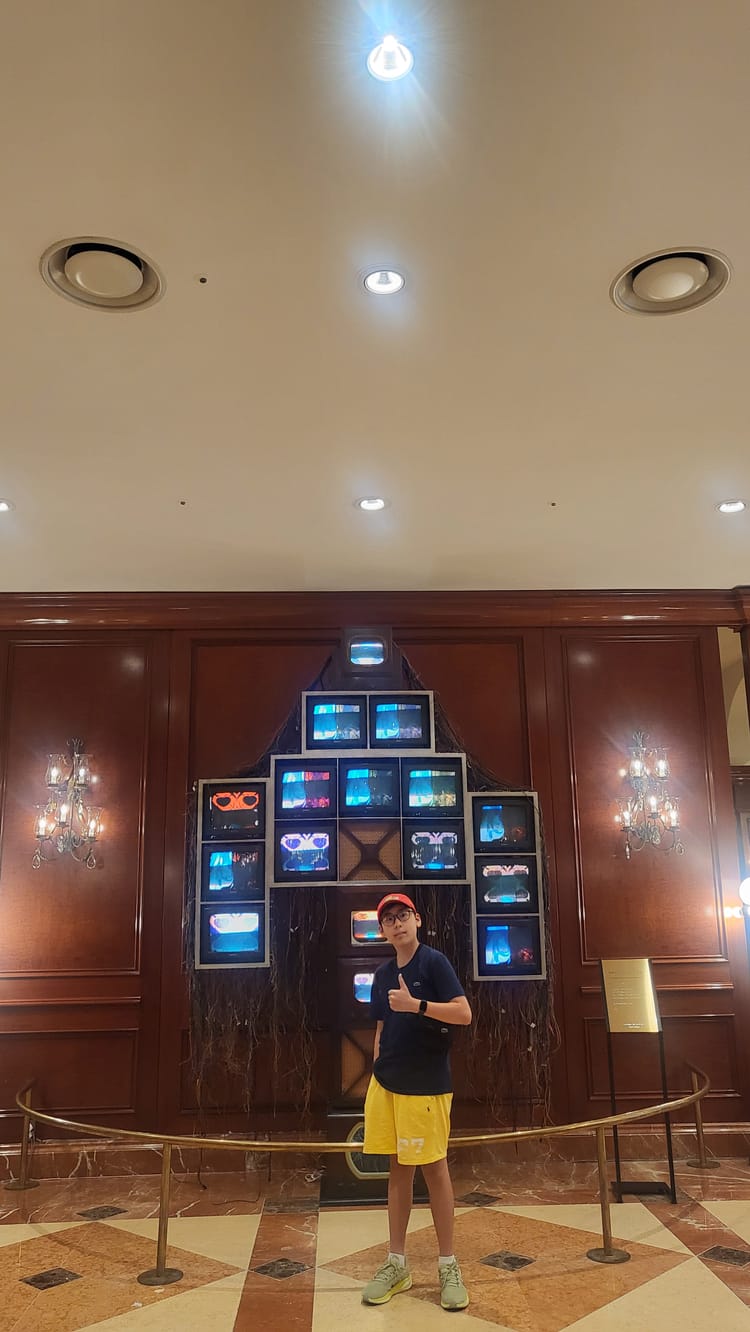
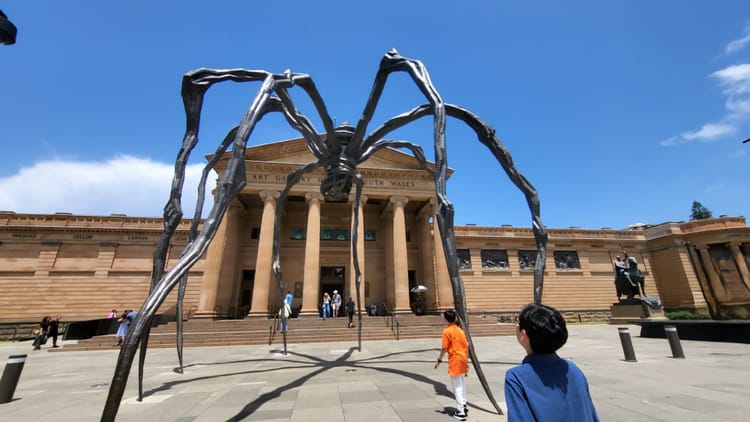
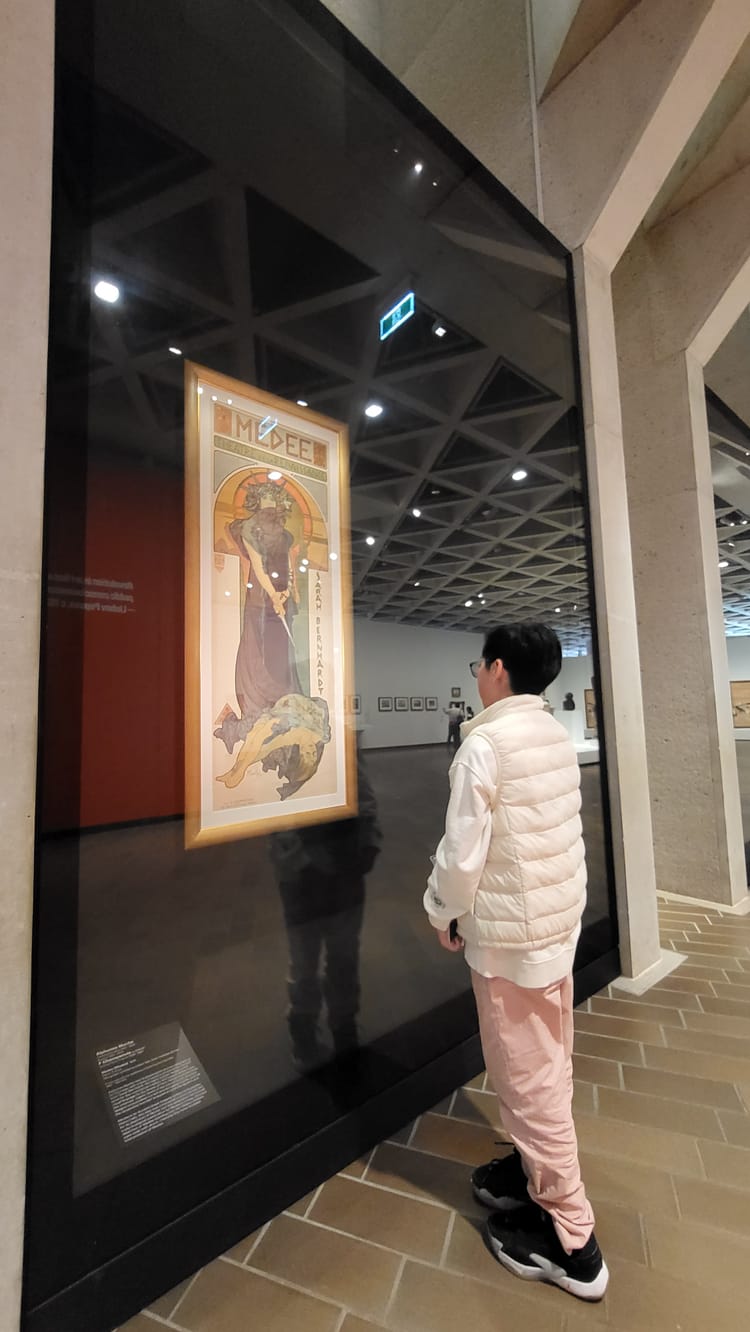
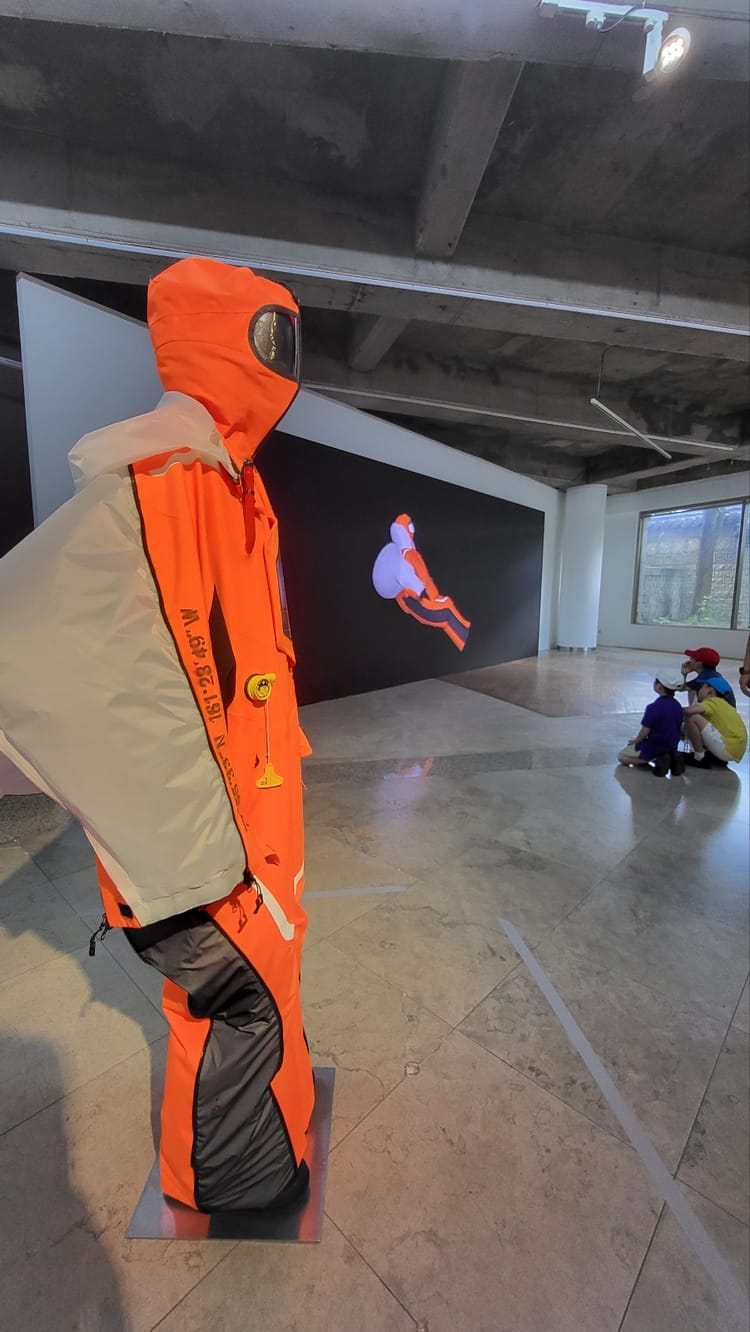
Member discussion